Making only as much as we need PERCENTAGE

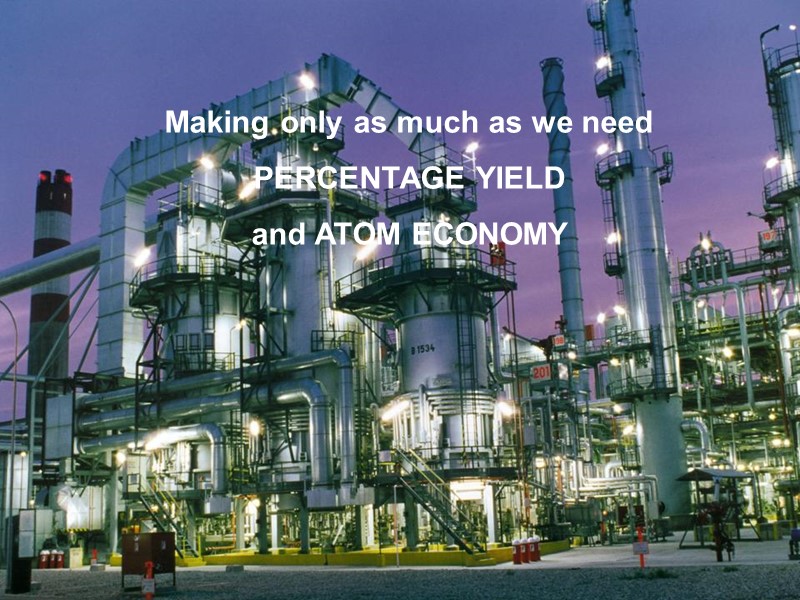
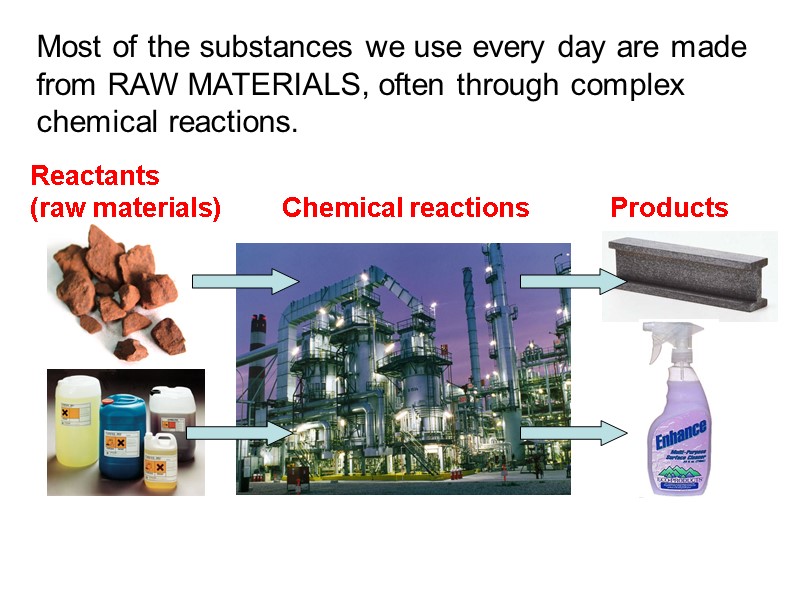

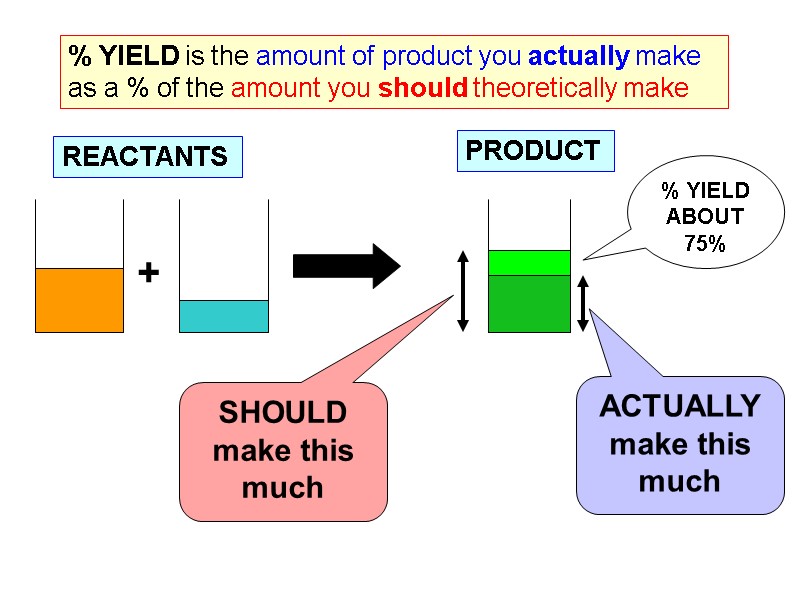

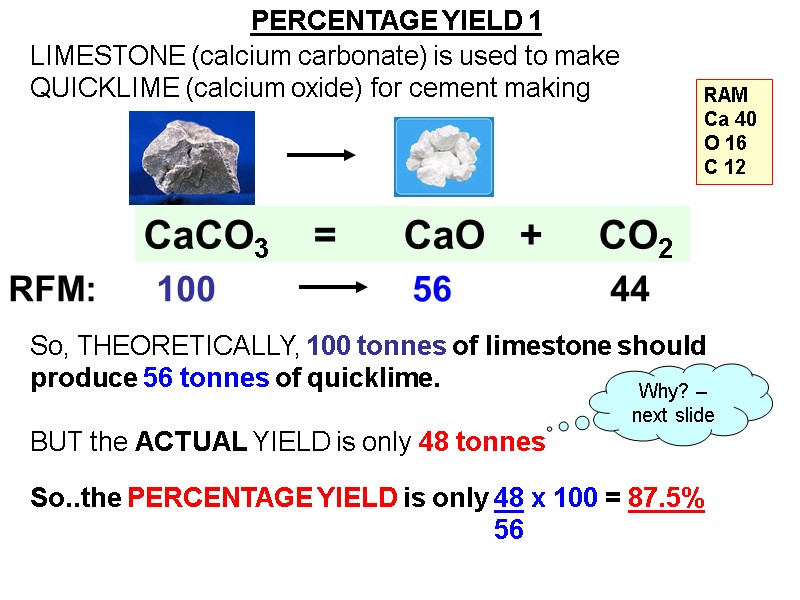
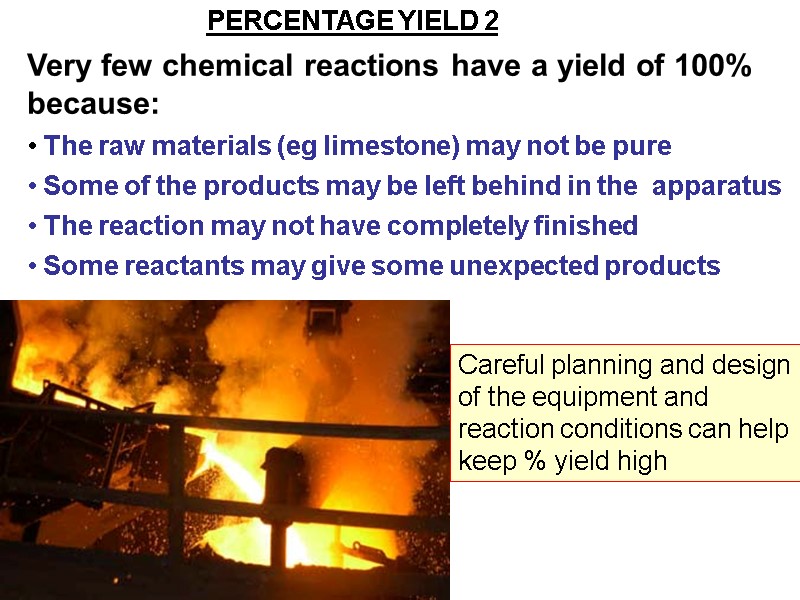
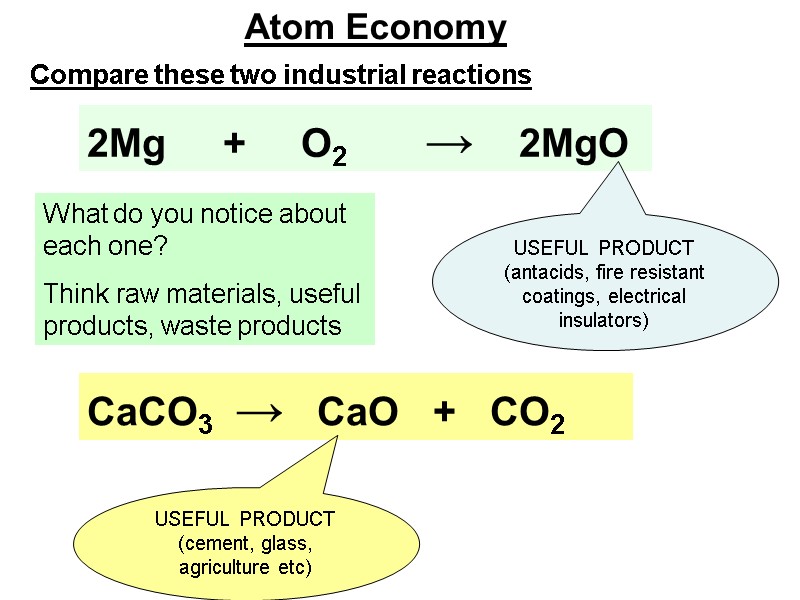
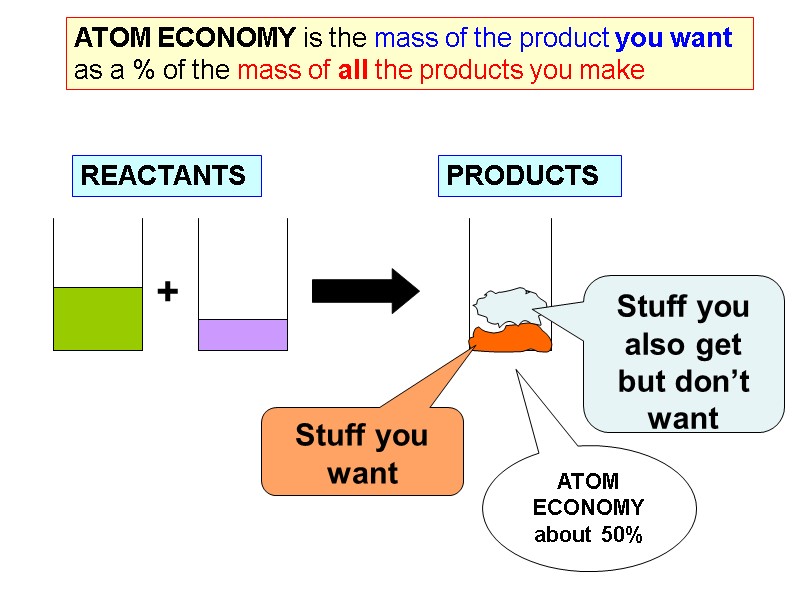
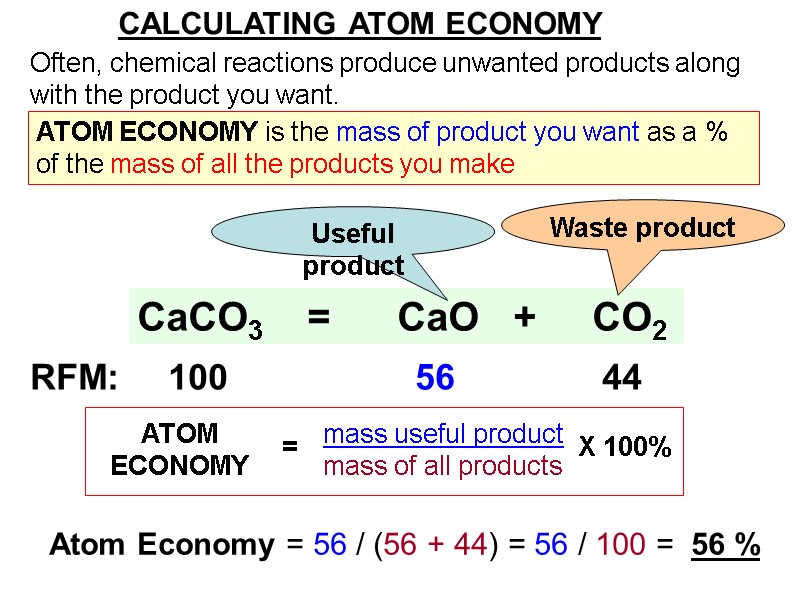
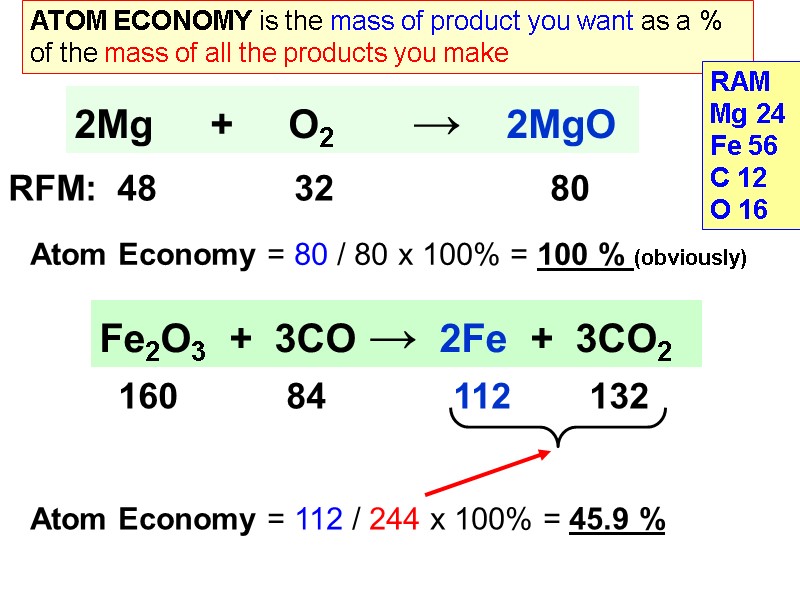

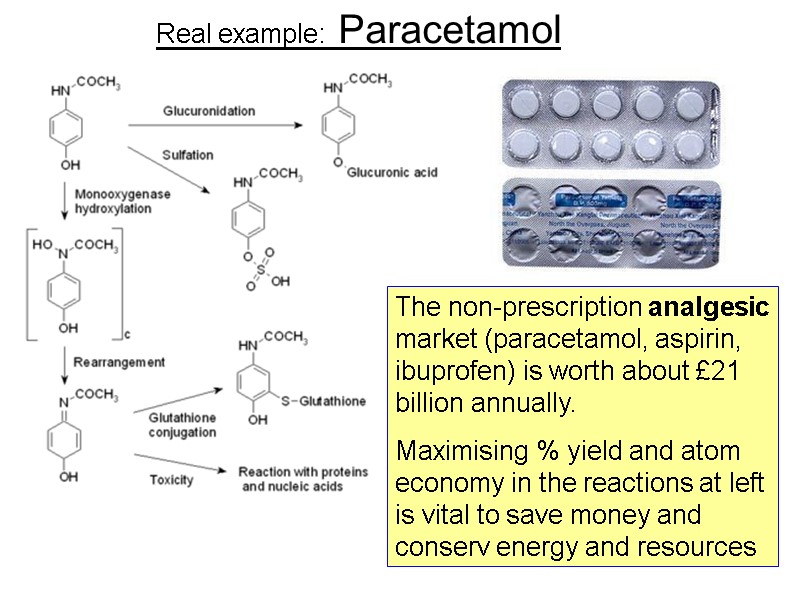
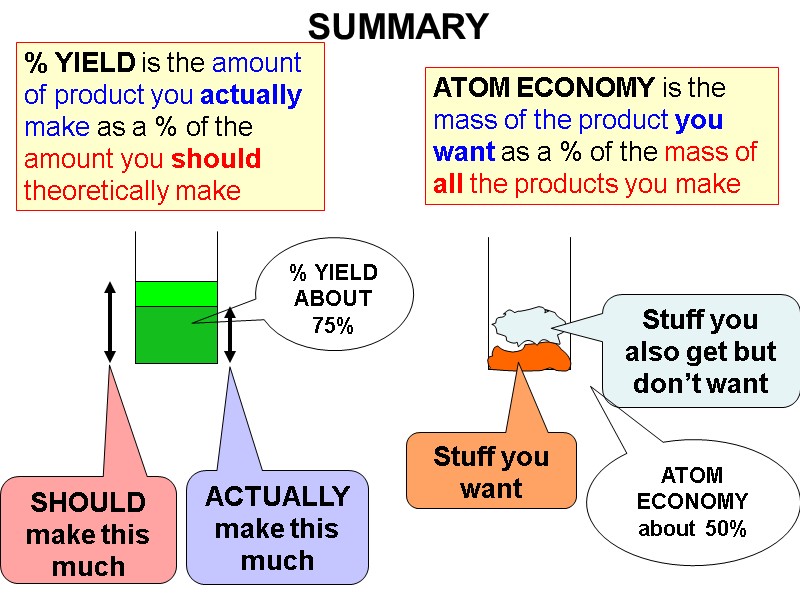
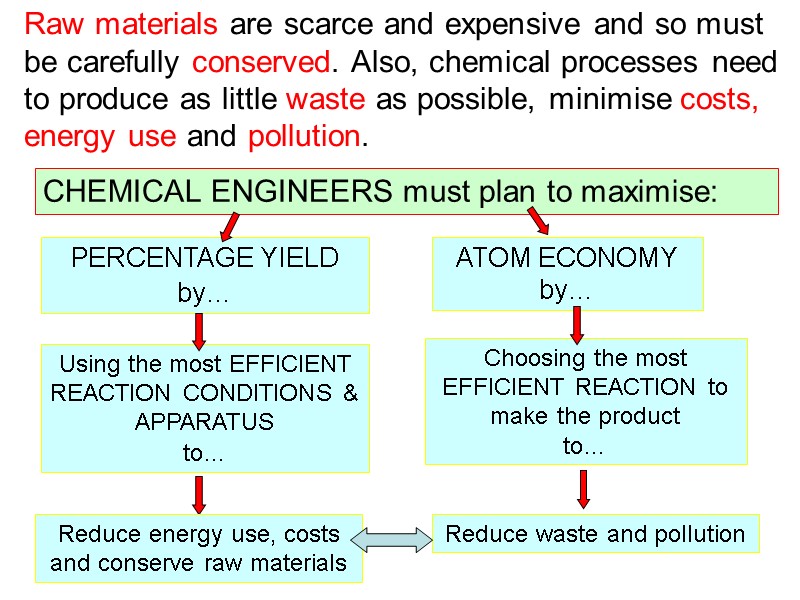
23214-c2_12.34_yield_atom_economy_2[1].ppt
- Количество слайдов: 15
 Making only as much as we need PERCENTAGE YIELD and ATOM ECONOMY
Making only as much as we need PERCENTAGE YIELD and ATOM ECONOMY
 Reactants (raw materials) Products Most of the substances we use every day are made from RAW MATERIALS, often through complex chemical reactions. Chemical reactions
Reactants (raw materials) Products Most of the substances we use every day are made from RAW MATERIALS, often through complex chemical reactions. Chemical reactions
 Pottington Braunton The chemical industry is a multi billion pound international industry producing millions of products vital to our civilisation and well being. Chemical Engineers play a crucial role and are much in demand – there are many opportunities and high levels of pay! Chemical Engineers are much concerned with: % YIELD and ATOM ECONOMY..
Pottington Braunton The chemical industry is a multi billion pound international industry producing millions of products vital to our civilisation and well being. Chemical Engineers play a crucial role and are much in demand – there are many opportunities and high levels of pay! Chemical Engineers are much concerned with: % YIELD and ATOM ECONOMY..
 % YIELD is the amount of product you actually make as a % of the amount you should theoretically make + SHOULD make this much ACTUALLYmake this much REACTANTS PRODUCT % YIELD ABOUT 75%
% YIELD is the amount of product you actually make as a % of the amount you should theoretically make + SHOULD make this much ACTUALLYmake this much REACTANTS PRODUCT % YIELD ABOUT 75%
 Old fashioned example: Cement from limestone Limekiln
Old fashioned example: Cement from limestone Limekiln
 CaCO3 = CaO + CO2 LIMESTONE (calcium carbonate) is used to make QUICKLIME (calcium oxide) for cement making So, THEORETICALLY, 100 tonnes of limestone should produce 56 tonnes of quicklime. BUT the ACTUAL YIELD is only 48 tonnes So..the PERCENTAGE YIELD is only 48 x 100 = 87.5% 56 Why? – next slide PERCENTAGE YIELD 1 RAM Ca 40 O 16 C 12
CaCO3 = CaO + CO2 LIMESTONE (calcium carbonate) is used to make QUICKLIME (calcium oxide) for cement making So, THEORETICALLY, 100 tonnes of limestone should produce 56 tonnes of quicklime. BUT the ACTUAL YIELD is only 48 tonnes So..the PERCENTAGE YIELD is only 48 x 100 = 87.5% 56 Why? – next slide PERCENTAGE YIELD 1 RAM Ca 40 O 16 C 12
 Very few chemical reactions have a yield of 100% because: The raw materials (eg limestone) may not be pure Some of the products may be left behind in the apparatus The reaction may not have completely finished Some reactants may give some unexpected products Careful planning and design of the equipment and reaction conditions can help keep % yield high PERCENTAGE YIELD 2
Very few chemical reactions have a yield of 100% because: The raw materials (eg limestone) may not be pure Some of the products may be left behind in the apparatus The reaction may not have completely finished Some reactants may give some unexpected products Careful planning and design of the equipment and reaction conditions can help keep % yield high PERCENTAGE YIELD 2
 CaCO3 → CaO + CO2 2Mg + O2 → 2MgO USEFUL PRODUCT (antacids, fire resistant coatings, electrical insulators) USEFUL PRODUCT (cement, glass, agriculture etc) Atom Economy Compare these two industrial reactions What do you notice about each one? Think raw materials, useful products, waste products
CaCO3 → CaO + CO2 2Mg + O2 → 2MgO USEFUL PRODUCT (antacids, fire resistant coatings, electrical insulators) USEFUL PRODUCT (cement, glass, agriculture etc) Atom Economy Compare these two industrial reactions What do you notice about each one? Think raw materials, useful products, waste products
 REACTANTS + PRODUCTS ATOM ECONOMY is the mass of the product you want as a % of the mass of all the products you make Stuff you want Stuff you also get but don’t want ATOM ECONOMY about 50%
REACTANTS + PRODUCTS ATOM ECONOMY is the mass of the product you want as a % of the mass of all the products you make Stuff you want Stuff you also get but don’t want ATOM ECONOMY about 50%
 CALCULATING ATOM ECONOMY Often, chemical reactions produce unwanted products along with the product you want. CaCO3 = CaO + CO2 RFM: 100 56 44 Useful product Waste product Atom Economy = 56 / (56 + 44) = 56 / 100 = 56 % ATOM ECONOMY is the mass of product you want as a % of the mass of all the products you make
CALCULATING ATOM ECONOMY Often, chemical reactions produce unwanted products along with the product you want. CaCO3 = CaO + CO2 RFM: 100 56 44 Useful product Waste product Atom Economy = 56 / (56 + 44) = 56 / 100 = 56 % ATOM ECONOMY is the mass of product you want as a % of the mass of all the products you make
 Fe2O3 + 3CO → 2Fe + 3CO2 160 84 112 132 Atom Economy = 80 / 80 x 100% = 100 % (obviously) ATOM ECONOMY is the mass of product you want as a % of the mass of all the products you make 2Mg + O2 → 2MgO RFM: 48 32 80 RAM Mg 24 Fe 56 C 12 O 16 Atom Economy = 112 / 244 x 100% = 45.9 %
Fe2O3 + 3CO → 2Fe + 3CO2 160 84 112 132 Atom Economy = 80 / 80 x 100% = 100 % (obviously) ATOM ECONOMY is the mass of product you want as a % of the mass of all the products you make 2Mg + O2 → 2MgO RFM: 48 32 80 RAM Mg 24 Fe 56 C 12 O 16 Atom Economy = 112 / 244 x 100% = 45.9 %
 Find the atom economy for these 2 methods of extracting copper: 1. Heat copper oxide with carbon 2. Heat copper sulphide with oxygen 2CuO + C = 2Cu + CO2 CuS + O2 = Cu + SO2 RAM Cu 64, O 16, C 12, S 32 RFM 128 44 RFM 64 64 Mass of all products 128 + 44 = 172 Mass of all products = 64 + 64 = 128 = 74.4 % = 50 % Mass of copper = 128 Mass of copper = 64
Find the atom economy for these 2 methods of extracting copper: 1. Heat copper oxide with carbon 2. Heat copper sulphide with oxygen 2CuO + C = 2Cu + CO2 CuS + O2 = Cu + SO2 RAM Cu 64, O 16, C 12, S 32 RFM 128 44 RFM 64 64 Mass of all products 128 + 44 = 172 Mass of all products = 64 + 64 = 128 = 74.4 % = 50 % Mass of copper = 128 Mass of copper = 64
 Real example: Paracetamol The non-prescription analgesic market (paracetamol, aspirin, ibuprofen) is worth about £21 billion annually. Maximising % yield and atom economy in the reactions at left is vital to save money and conserv energy and resources
Real example: Paracetamol The non-prescription analgesic market (paracetamol, aspirin, ibuprofen) is worth about £21 billion annually. Maximising % yield and atom economy in the reactions at left is vital to save money and conserv energy and resources
 ATOM ECONOMY is the mass of the product you want as a % of the mass of all the products you make Stuff you want Stuff you also get but don’t want ATOM ECONOMY about 50% % YIELD is the amount of product you actually make as a % of the amount you should theoretically make SHOULD make this much ACTUALLY make this much % YIELD ABOUT 75% SUMMARY
ATOM ECONOMY is the mass of the product you want as a % of the mass of all the products you make Stuff you want Stuff you also get but don’t want ATOM ECONOMY about 50% % YIELD is the amount of product you actually make as a % of the amount you should theoretically make SHOULD make this much ACTUALLY make this much % YIELD ABOUT 75% SUMMARY
 Choosing the most EFFICIENT REACTION to make the product to… Using the most EFFICIENT REACTION CONDITIONS & APPARATUS to… Raw materials are scarce and expensive and so must be carefully conserved. Also, chemical processes need to produce as little waste as possible, minimise costs, energy use and pollution. CHEMICAL ENGINEERS must plan to maximise: PERCENTAGE YIELD by… ATOM ECONOMY by… Reduce energy use, costs and conserve raw materials Reduce waste and pollution
Choosing the most EFFICIENT REACTION to make the product to… Using the most EFFICIENT REACTION CONDITIONS & APPARATUS to… Raw materials are scarce and expensive and so must be carefully conserved. Also, chemical processes need to produce as little waste as possible, minimise costs, energy use and pollution. CHEMICAL ENGINEERS must plan to maximise: PERCENTAGE YIELD by… ATOM ECONOMY by… Reduce energy use, costs and conserve raw materials Reduce waste and pollution

